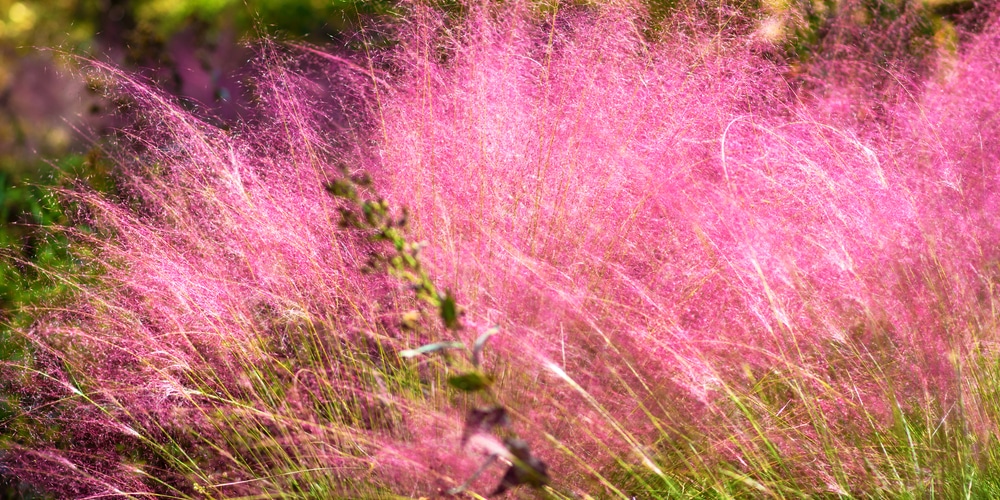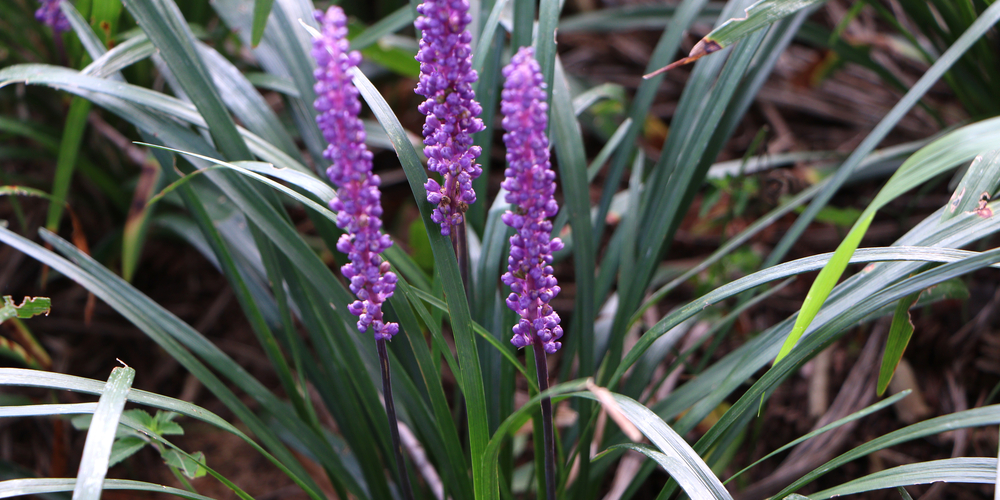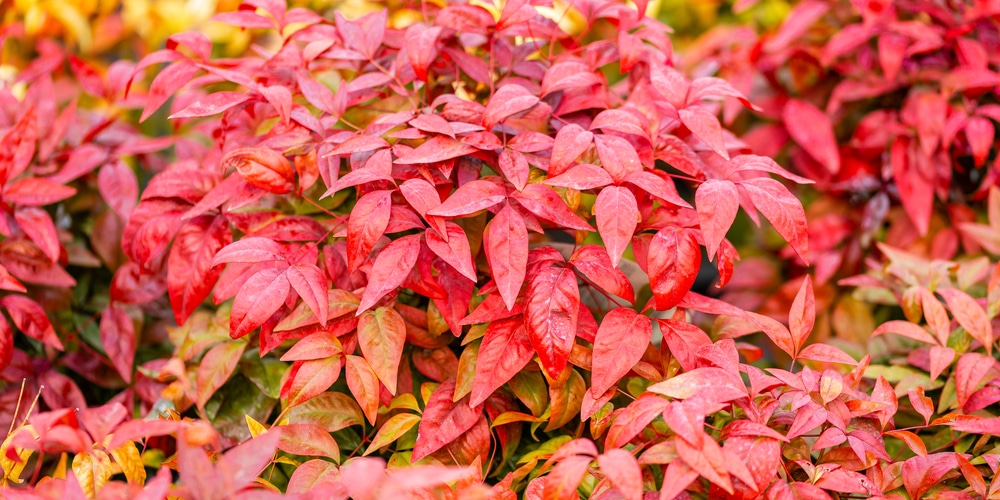Growing plants in North Texas can be challenging. The extreme weather conditions and the hot summer months make selecting the proper plants harder than in places with milder climates. Also, soil tends to be dry and heavy, which most plants can’t survive. However, that doesn’t mean it is impossible to have an attractive garden on your property. You just need to choose drought tolerant plants for North Texas.
While Texas desert-like conditions can intimidate gardeners, you don’t have to despair. You can find plants to thrive in this area, as long as you know what to look for. For instance, you’ll have to select plants that survive long periods without water and don’t mind dry environments. Moisture-loving plants are unfortunately not an option for the Northern Texas climate. Luckily, there are plenty of plants that do well without much water. To learn about which plants you can choose for your garden, read our “Drought Tolerant Plants North Texas” guide.
Gulf Muhly
Gulf Muhly is a perennial grass that produces a dramatic pinkish cloud of blooms. Plus, the plant is drought-tolerant, which comes in handy in North Texas. Besides, it requires relatively low maintenance from your side, making it ideal if you don’t have much time to spend taking care of your garden. One of the best features of gulf muhly (without counting its aesthetic appeal) is that it is also resistant to most pests and diseases.
Related Article: A Guide to Pink Muhly Grass in Winter
Glossy Abelia
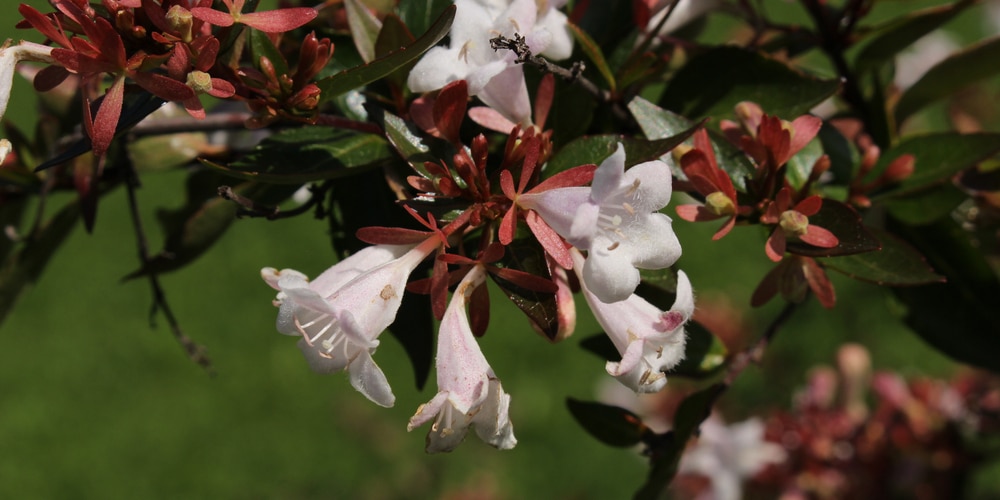
Glossy Abelia is a lovely shrub that thrives in dry conditions. Indeed, despite its delicate looks, this plant adapts to a variety of soils and water contents. Some people refer to it as “the gas station plant” because of its ability to survive with little to no care. The idea is that you could plant glossy abelia besides a gas station covered in asphalt and forget about it: the plant will find a way to thrive.
You can place this shrub around your borders to create a fancy hedge as it is an evergreen plant. Additionally, during the summer, you’ll admire the fragrant and numerous flowers that will continue over the fall. Glossy abelia will attract plenty of beneficial pollinators, which in turn might prey on some pests and diseases, increasing the overall health of your garden.
Autumn Sage
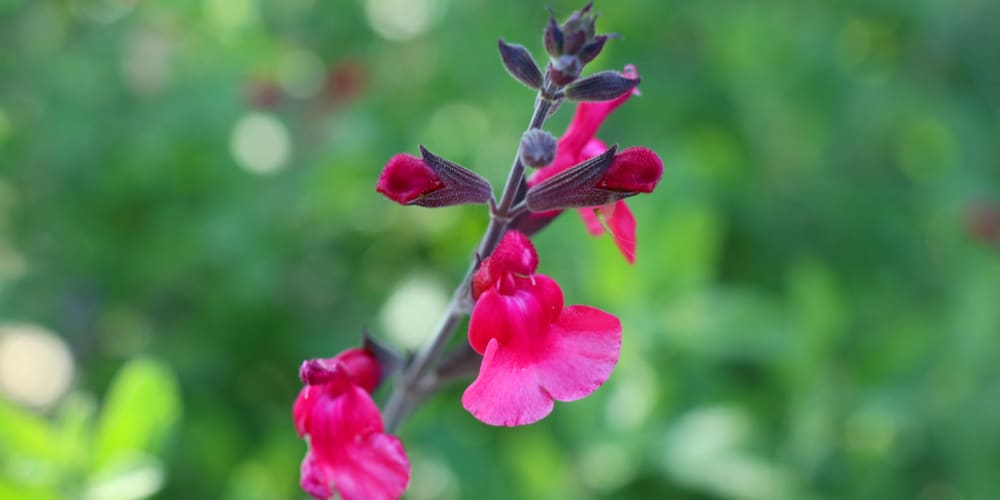
Autumn sage is a native perennial bush that produces stunning purple to red blooms during the summer. While it is not hard to grow autumn sage, you will have to prune it regularly to keep it under control. Indeed, this plant can grow fast under optimal conditions.
Autumn sage does best in full sun, but if you live in North Texas, you know how harsh sun rays can be during the summer. Place it under partial shade to prevent its leaves from sunburn. As with most salvias, autumn sage prefers dry conditions to moist ones. While that doesn’t mean “don’t water it,” you won’t have to worry too much about irrigating your autumn sage.
Red Yucca
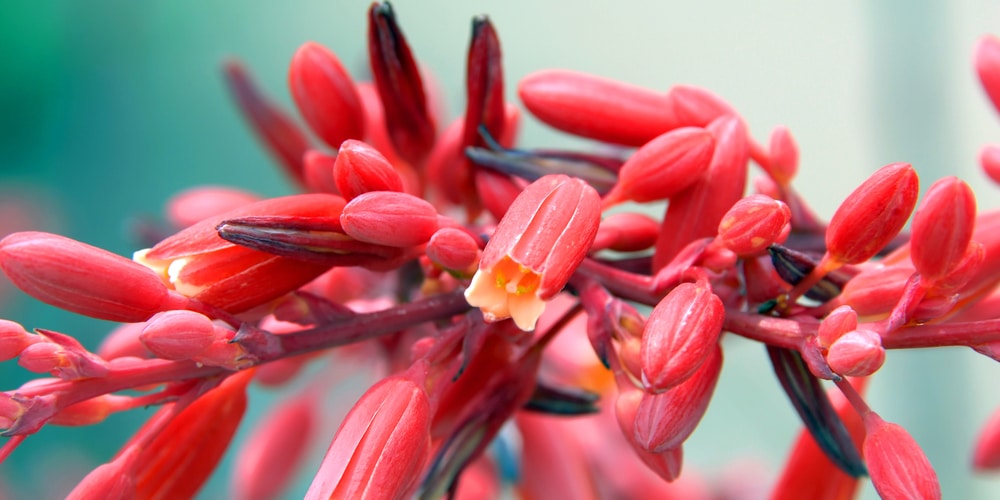
Another drought-tolerant plant you should consider adding to your yard in Northern Texas is Red Yucca. While this plant has a grass-like appearance, it flowers attractive red booms during the summer, which can add color to your garden. Plus, it is relatively easy to care for this plant. For extensive flowering, you may want to add some fertilizer in the spring.
Liriope
Liriope tolerates Texas’s warm climates and makes an excellent ground cover for your garden. Under optimal conditions, this plant spreads quickly. Additionally, it withstands dry conditions and does well in sandy and clay soil.
To add to its aesthetic appeal, this plant produces white and purple blooms, which can make your garden more attractive.
Wavy Cloak Fern
Wavy cloak fern is a species of fern that can live in dry and hot environments like North Texas. It does well in rocky soils and among semi-desert shrubs. Plus, it tolerates drought conditions and thrives in arid situations. Use wavy cloak fern as a ground cover for your shrubs or underneath an evergreen tree to shelter its leaves from the sun.
Nandina
Nandina is a drought-tolerant shrub that you can add as a hedge plant to your garden. Because it is an evergreen plant, you can enjoy its dense foliage all year round. Plus, its flowers will attract plenty of beneficial pollinators and improve the looks of your yard.
Drought Tolerant Plants North Texas: Conclusion
With this guide about “Drought-tolerant plants North Texas,” you should now have a better idea of which plants you can add to your Texan property to increase its aesthetics without having to worry about water.
